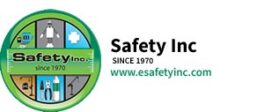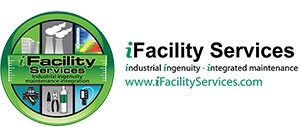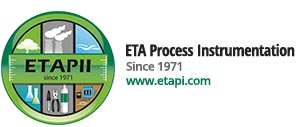
As NIOSH highlights in its Manual of Analytical Methods (NMAM), industrial hygiene methods have long been centered on measuring personal exposure, typically achieved by deploying a personal air sampling pump. Over the past sixty years, this fundamental approach has remained largely unchanged, as evidenced by the 220 references to the pump in NMAM.
While new methods and standards may emerge globally, they continue to revolve around the use of a pump. Recent technological advancements in air sampling pumps include the integration of lithium-ion batteries and Bluetooth connectivity. Additionally, significant progress has been made in digital flow calibrators, enhancing industrial hygienists’ productivity and increasing the chances of a successful outcome in their campaigns.
Air sampling pumps are essential tools for monitoring activities, but there are several important do’s and don’ts to keep in mind for effective usage. Numerous guidelines exist on using these pumps. Here, we highlight some key do’s and don’ts as well as a few lesser-known considerations.
The Do’s
- Safety: Although many pumps come with an intrinsic safety (IS) rating as standard, it is crucial to verify that your pump’s IS rating is still appropriate for your facility to prevent any safety issues.
- Design: The design elements of a pump—such as size, weight, and convenience—are critical. The pump should allow for freedom of movement, be unobtrusive, robust, and leak-proof. In the pharmaceutical industry, for example, some workers find a one-pound pump too cumbersome. For vapor and gas sampling, consider using a smaller, lightweight low-flow pump (0.05–1 L), which is generally more acceptable than a medium-flow pump (1–5 L) with a low-flow adaptor.
- Sorbent Tube Usage: When using a sorbent tube, ensure that the smaller (backup) section is closer to the pump and that it is positioned vertically to prevent premature breakthrough. Most low-flow pumps can handle the pressure drops of available sorbent tubes without issues, although the nominal flow rate may decrease for certain models.
- Calibration: Adjust the pump flow with representative sampling media prior to use, and it is good practice to check the pump calibration before and after each day’s use. Equipment should be calibrated according to ISO quality standards. Regular maintenance will extend the life of your equipment and help avoid unplanned repair costs.
The Don’ts
- Standards Compliance: Don’t forget to verify that your pump meets the latest standards, such as ISO 13137. Ignoring standards can jeopardize employee safety, leading to increased risk of fines and higher absence costs, which negatively impact business finances.
- Pulsation: If using a cyclone, don’t assume your pump has sufficiently low pulsation. The ISO standard requires that pulsation should not exceed 10 percent of the flow rate. High pulsation can affect the particle-size cut performance of cyclones, which rely on consistent flow rates. Pumps with high pulsation collect smaller samples, resulting in less data for analysis.
- Pump Usage: Regardless of how new the air sampling pump is, health and safety managers must ensure that it has not exceeded its recommended run time between services, typically 2,000–3,000 hours.
Latest Generation of Pumps
Air sampling pumps will likely remain essential tools for many years, and even a 10-year-old pump with a couple of new mechanisms and battery packs can still perform effectively. However, the latest generation of air sampling pumps offers significant improvements in monitoring efficiency. These modern pumps, equipped with Bluetooth and advanced flow calibrators, can automate the calibration process, saving valuable time and increasing confidence in the results. Calibration data can be saved or emailed directly for easy inclusion in reports, streamlining the entire monitoring process.
The latest advancements in air sampling technology now allow pulsation, previously tested only in laboratories, to be checked in the field during routine flow rate calibration. This is made possible by newly introduced airflow calibrators equipped with Bluetooth. These pumps can be monitored remotely, minimizing disturbance to the worker and giving industrial hygienists greater confidence in obtaining valid samples and reliable data.
Ensuring Proper Use of Air Sampling Equipment
By following the do’s and don’ts of air sampling, health and safety managers can ensure that all air sampling equipment is used correctly and in compliance with safety standards. These simple yet effective steps help protect employees throughout the working day by ensuring that air sampling pumps accurately detect hazardous levels of fumes, dust, and gases, thereby reducing the risk of long-term health damage.
LEARN MORE ABOUT AIR SAMPLING SOLUTIONS
Resources
Annals of Occupational Hygiene: “Evaluation of Pump Pulsation in Respirable Size-Selective Sampling: Part II. Changes in Sampling Efficiency” (January 2014).
International Organization for Standardization: ISO 13137:2013, Workplace atmospheres — Pumps for personal sampling of chemical and biological agents — Requirements and test methods.
NIOSH Manual of Analytical Methods, 5th edition.



